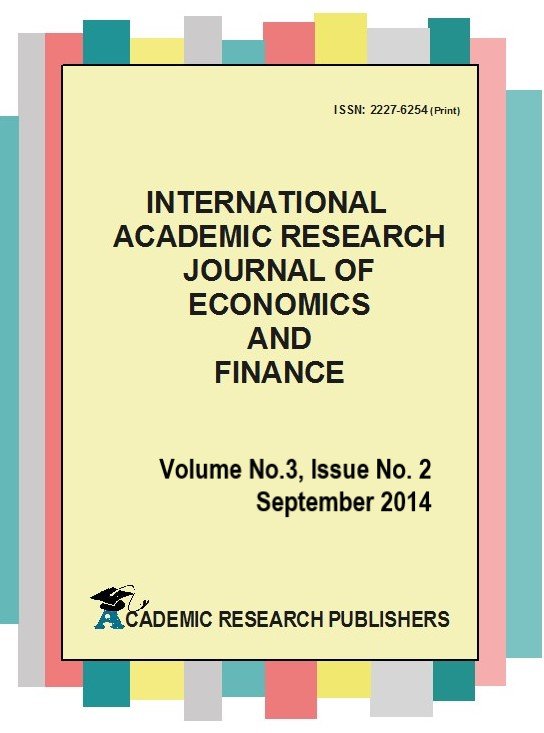Testing the Foreign Exchange Forward R ate Unbiasedness Hypothesis: An Indian Perspective
Keywords:
emerging markets,, forward premium,, exchange rate, uncovered interest parity, exchange risk premiumAbstract
A number of empirical studies have been carried out over the years to test the forward rate unbiasedness hypothesis to conclude whether the forward rate can be an unbiased predictor of the future spot rate on a number of major global currencies. Over the past several years, a lot of global investors have had interest in emerging markets like India. This has led to a greater risk of currency exposure. Under such circumstances, it is important to examine opportunities for hedging risk with forward contracts being one of them. This paper tests whether the forward rate (one month and three month forward) is an unbiased predictor of the future spot rate in both the pre- and post- global crisis era in the Indian context (USD/INR currency exposure) as it has a direct impact on the forward contracts market followed by insights about the type of economic environment in which the different parties in a forward contract benefit along with the probability of benefit to re-establish the relevance of forward markets in a different light. While testing the hypothesis on one month and three month USD/INR forward rates, we conclude that the three month forward rate is not an unbiased predictor of the future spot rate. The one month forward rate has better predictability of the future spot rate although the error term is not a white noise process. A study of the deviation of the forward rate from the future spot rate gives interesting insights about the type of economic environment in which the different parties in a forward contract benefit and with what probability.

